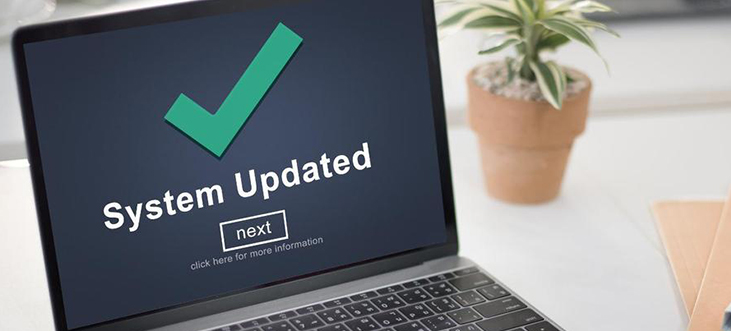
Patch management is the process that helps acquire, test and install multiple patches (code changes) on existing applications and software tools on a computer, enabling systems to stay updated on existing patches and determining which patches are the appropriate ones. Managing patches thus becomes easy and simple.
Patch Management is mostly done by software companies as part of their internal efforts to fix problems with the different versions of software programs and also to help analyze existing software programs and detect any potential lack of security features or other upgrades.

Local Agent-based Patch Management Softwares and Agentless Patch Management softwares are the two types of patch management software. When a local agent is installed on the endpoint, it's the agent-based patch. It manages the updates and periodically updates its status with the server. Enterprises can make use of this method when they allow many mobile endpoint systems/devices.
When it comes to an Agentless Patch Management, every device is monitored, and the applications are administered directly from the central server. Patch updates rolled out to these devices has significant advantages over agent-based patch management softwares. When a cyber criminal would be able to hack an endpoint system, they can disable or kick the agent out of the system, which would make the device unpatched and vulnerable.
Choosing the best option that suits your enterprise can be a bit tricky but remember that each system has its own advantages and disadvantages. Therefore, be wise.
An unpatched system is vulnerable to exploits and security breaches. A network or system without patch management is very vulnerable to exploits and security breaches. If you're trying to do a manual patch management, that's totally not enough! Use a proper patch management software to automate the management of your patches for better endpoint and web security.
Patch Management software is better in keeping track of the different operating systems, applications, and devices — making sure that updates are done on time. An automated patch management system is also mandated regulatory compliance requirements. So they can focus on tasks that provide more income to the enterprise, automation frees up IT administrators from the routine work.

Effective Patch Management Strategy Prevents Security Hacks
The Data Breaches Cost of US Businesses in 2017
3 Important Things Windows Patch Management Should Do
The things You Need To Know About Security Patch Management
Why do you need Automated Patch Management. Reasons Explained
Add new comment